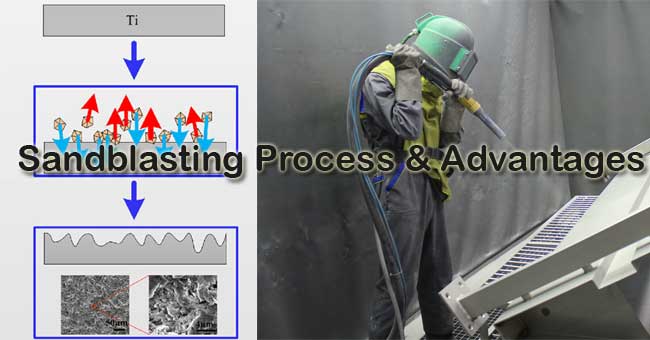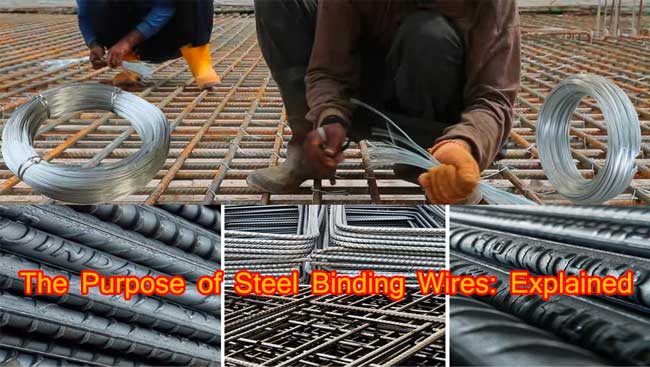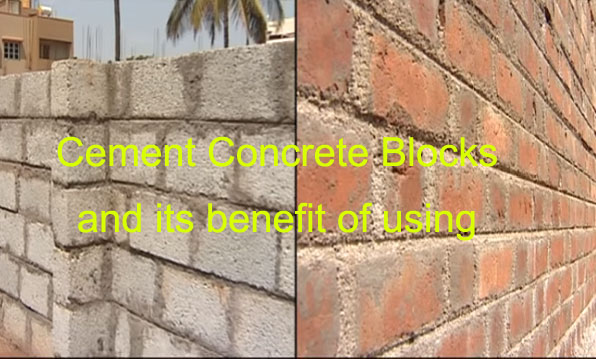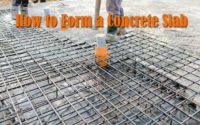Sandblasting Concrete Surface – Process, Materials, Advantages
Sandblasting is the process of texturing a hardened concrete surface. It can be done on driveways, columns, patio, walls and even floors. It is also used to remove paint and expose aggregates. Sandblasting can range from light cleaning or deep cutting. The deep cutting exposes aggregates around 2 cm.
Equipment Required for Concrete Sandblasting
The depth of cut required decides the type of equipment required to do the concrete sandblasting. For slight removal of a concrete surface, any sandblasting tool can be used. The sandblasting equipment changes with the depth of cutting required.

Whereas, for a fairly deep cut, a good capacity sandblasting equipment is a must. So, the capacity of the equipment is directly proportional to the quality of work. Table 1 is a detail of the desired specifications for Air Compressors to be used for sandblasting.
Table 1 Preferred air compressor specifications for sandblasting
| Air compressor specifications | |
| Air compressor components | Specified dimension |
| Nozzle capacity | 8.5 m3/min |
| Minimum air pressure at the nozzle | 0.62 MPa (0.69MPa is preferred) |
| Minimum nozzle inside diameter | 9.52mm |
| Hose inside diameter | 38.1mm |
Suitable Time for Sandblasting
It is believed, sandblasting a concrete within the first 24 to 72 hours of its construction is economical.
Process of Sandblasting Concrete
1. In the due course of sandblasting operation, some damages may happen in an around the sandblasting area. So, as a precautionary measure, it is recommended to move out all objects that can be moved out and cover such items which cannot be moved in and around the sandblasting area. It is also better to cover windows, doors and other open surfaces in order to maintain cleanliness.
2. Also, proper ventilation is a must if sandblasting is carried in any closed area such as garages, basement, etc.
3. The sandblasting workers should also take necessary safety precautions such as safety goggles, specially equipped suit and respirators.
4. To achieve the best results stencils must be used and must be installed before starting the process.
5. Prepare the sandblaster machine with sand, soda, silica or silicon dioxide as per the requirement of the equipment. But all the valves should be closed before filling the tanks.
6. After the preparation of the equipment, set a low pressure at the beginning after switching on the compressor.
7. While directing the nozzle at the concrete, the operator should keep it at a distance of 20 to 40cm from his body.
8. For an even coverage start sandblasting from top to bottom. The whole work should be done keeping the nozzle at 30.5cm from the surface.
9. For difficult areas always use short bust sand and sweeping motions for other parts of concrete.
10. Cleaning the surface with compressed air after the work completes the work.





